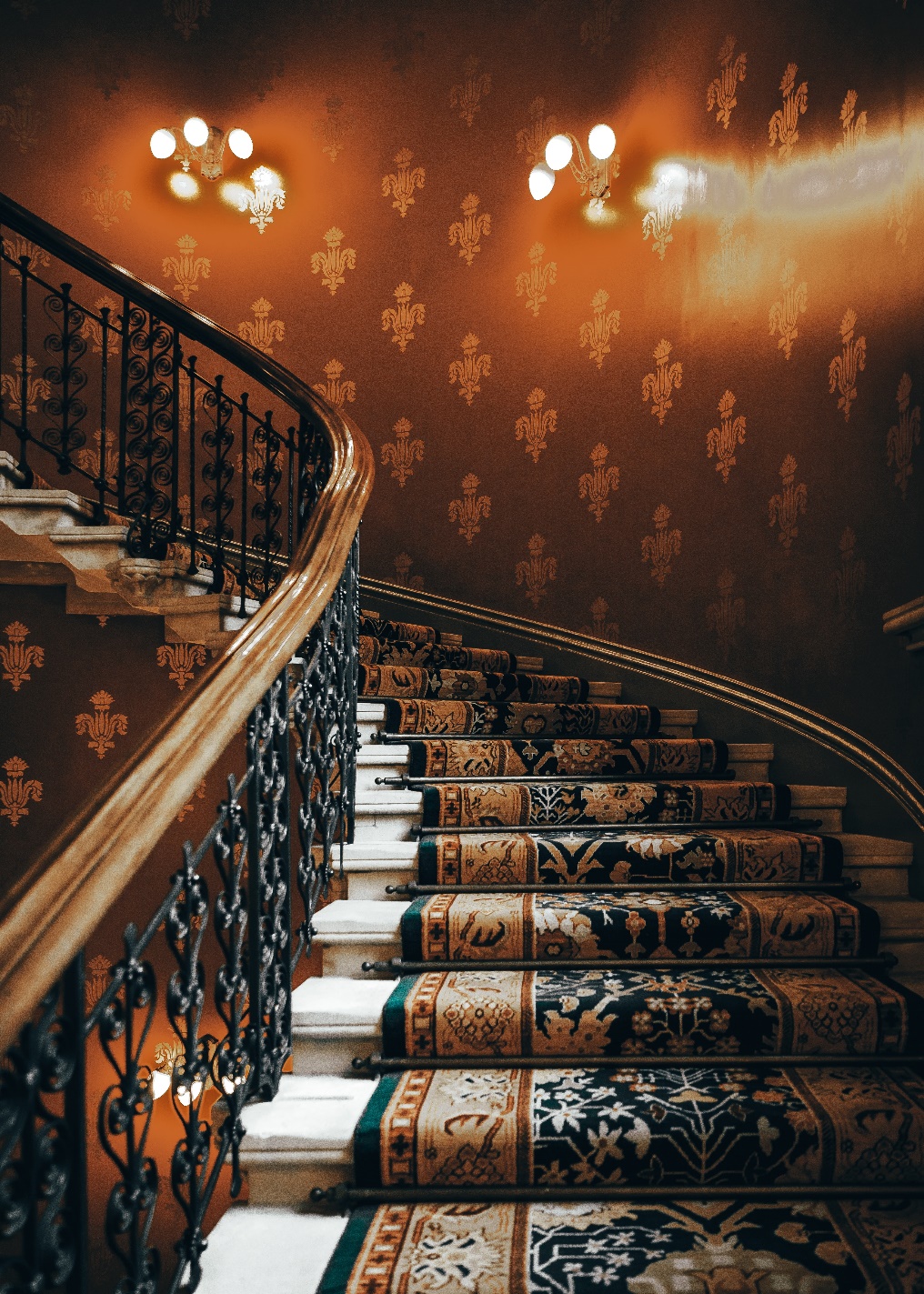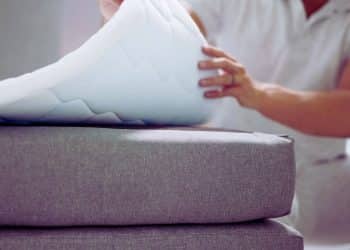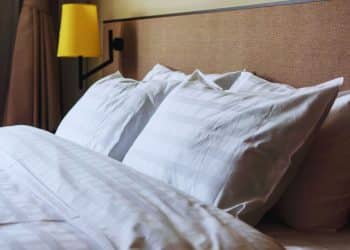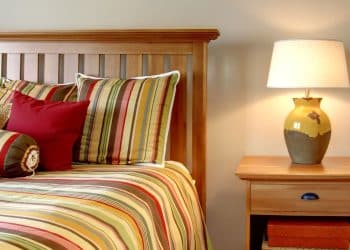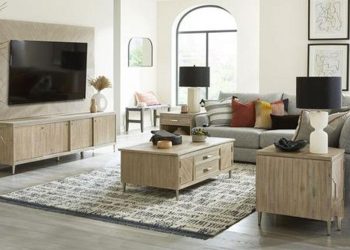Table of Contents
Acrylic
Acrylic is a quality synthetic material that looks and feels like wool. The raw element for acrylic fibers is natural gas, against which hydrocyanic acid and acetylene are obtained first, and then the final product. Carpets made of this polymer are lightweight, soft, enduring, and bright in color. Thanks to the special corrugated pile, they don’t wrap up or wrinkle. Ideal for children’s rooms and hallways.
Pros of acrylic carpets:
- Retain heat well ;
- Rot afraid of mold and moisture ;
- Have a low cost
- Are hypoallergenic.
The disadvantages of acrylic carpets:
- Need frequent cleaning;
- Are prone to rolling pile;
- Medium wear resistance.
Cotton
Natural fibers of plant origin are used in the manufacture of carpet material. Cotton is highly hygroscopic, but its qualities do not deteriorate when it gets wet. In terms of durability, it is close to silk and far superior to wool. Since the material is excellent in shape, it is often used as a carpet backing, and less often as a component of shaggy pile products.
Advantages of cotton carpets:
- Hygienic, good air permeability, retains heat;
- Quickly dry, easy to clean;
- Are characterized by high durability;
- Abrasion-resistant;
- Are cheaper than wool and silk carpets.
Disadvantages of cotton rugs:
- Are sensitive to light, high temperatures, and microbial activity;
- Easily absorb moisture;
- Prone to rot.
Viscose
Artificial material whose fibers are obtained from cellulose. The raw material is crushed wood chips. Viscose looks very similar to silk but costs many times cheaper. It is soft, pleasant to the touch, and has a slight sheen. Carpets made of it are quite capricious, so they need professional cleaning with water-free means and special equipment.
The viscose carpets have the following advantages:
- Retain the original color for a long time;
- They are hypoallergenic and breathable;
- They are difficult to distinguish from a natural product;
- Do not accumulate static electricity;
- Are affordable.
Disadvantages of viscose rugs:
- Fastidious in care;
- If wet, they lose their attractiveness;
- Do not carry heavy loads.
Polypropylene
A synthetic polymer whose starting material is a gas (propylene) obtained from oil refining. Polypropylene fibers are chemically inert, so they are dyed at the yarn production stage. The polymer is used to make both carpet backing and pile. Improved properties (increased antistatic properties, durability, and heat resistance) are presented by-products from the headset – additionally processed polypropylene.
Advantages of polypropylene carpets:
- Wear-resistant, do not accumulate static charges;
- Non-toxic and hypoallergenic;
- Resistant to burning, moisture, dirt;
- Do not absorb moisture;
- Low cost.
- Do not fade for a long time;
Minuses of polypropylene carpets:
- They ignite quickly and simply;
- As they get dirty their anti-static properties deteriorate;
- Сrumple, so it is better to buy products with high density.
Conclusion:
Carpets decorate homes or apartments, show their diversity of design compared to other things, they are widespread in our time, many people like carpets, others do not like them, but now they are very popular and everyone has their taste, some people like round carpets, some people like stair runner rug, and this is normal because everyone likes their own and so everyone chooses what he likes.

